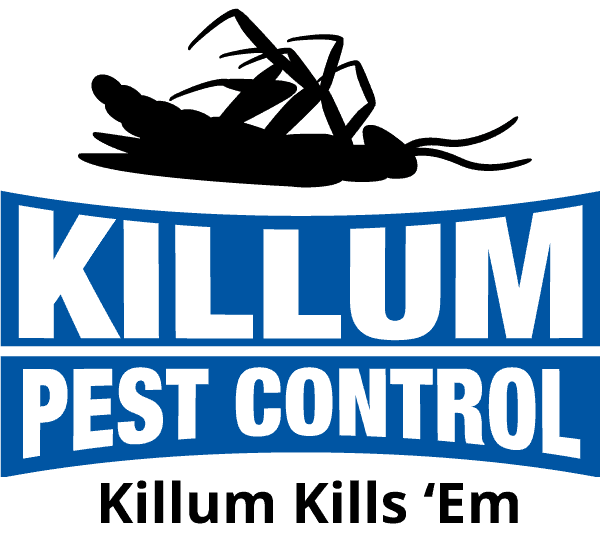Introduction
Termites, though small, pose a significant threat to homes throughout Texas, particularly in regions like the Gulf Coast. With their ability to silently damage the very structure of your home, understanding their behavior is crucial for any homeowner. Recognizing the life cycle of termites helps in devising effective strategies to prevent their invasion and protect your property from costly repairs.
Texas homes provide ideal conditions for termite activity, thanks to the warm, humid climate. Their presence isn’t always immediately obvious, so early detection and awareness are key to stopping an infestation before it starts. By learning about their life stages and the types of termites that typically reside in Texas, you can be better prepared to defend your home effectively.
Termite Life Cycle
The journey of a termite begins as an egg. These tiny eggs, often laid deep within the colony, are carefully tended to by other termites. Once hatched, the termite enters the larva stage. During this period, the young termite undergoes several molts, shedding its skin to grow. Given the right conditions, such as warm temperatures and ample food supply, this stage can be rapid.
As larvae mature, they become nymphs. It’s during this phase that they start developing into their designated roles within the colony—workers, soldiers, or future kings and queens. This differentiation is guided by the needs of the colony and environmental factors. The presence of a queen helps direct this growth, laying thousands of eggs and ensuring the continuation of the colony.
Finally, the fully developed adult termites emerge. These include winged termites, also known as swarmers or alates, whose primary role is to leave the colony and start new ones. This stage is crucial in understanding infestations, as swarming termites are often the first visible sign of their presence in your home.
Types of Termites in Texas
Texas hosts several species of termites, each with unique characteristics:
1. Subterranean Termites: These termites are well-adapted to the Texas climate. They build their colonies underground and can travel through mud tubes to reach your home. They’re primarily found near foundations and can cause extensive damage before they’re spotted.
2. Drywood Termites: Unlike their subterranean cousins, drywood termites don’t require contact with the soil. They live inside the wood they consume, making detection even more challenging. Often located in attic wood, furniture, and hardwood floors, their presence can go unnoticed until significant damage has occurred.
3. Formosan Termites: Known for their aggressive nature, Formosan termites are among the most destructive in Texas. They form massive colonies and are capable of eating through wood, flooring, and even wallpaper at an alarming rate. These termites require quick identification and action.
Knowing where these termites typically hide in your home can aid early detection. Regular inspections of your basement, attic, and areas with exposed wood are crucial in spotting termite activity promptly.
Impact of Termites on Texas Homes
Termites can cause a staggering amount of damage to Texas homes, often without the homeowner’s knowledge. These tiny pests munch through wood, floorboards, and sometimes even wallpaper, quietly compromising a home’s structural integrity. The damage they inflict becomes apparent when it’s often too late, leading to expensive repairs and renovations.
Look out for these warning signs to catch infestations early:
– Flying termites around your home, especially near light sources.
– Mud tubes on exterior walls or inside crawl spaces, which termites use for travel and protection.
– Hollowed or blistered wood, which can be a telltale sign of termite presence.
Understanding these signs and checking for them regularly can help mitigate damage. Economically, dealing with termites can be daunting, given the potential costs involved in repairs. By staying vigilant and informed, homeowners can take preemptive measures to safeguard their properties.
Prevention and Control Measures
Keeping termites at bay requires proactive steps and routine maintenance. Here are some practical tips to prevent termite infestations in your Texas home:
1. Proper Landscaping: Ensure a gap between the soil and wooden parts of your home, and keep mulch away from the foundation.
2. Moisture Control: Repair leaks promptly, and keep areas like crawl spaces and basements dry and well-ventilated.
3. Regular Inspections: Engage professionals to inspect your home for termites at least once a year. Early detection can stop infestations before they become severe.
4. Effective Treatments: Consider termite barriers, baiting systems, or liquid treatments to protect your home. Treatments should be carried out by trained technicians for maximum effectiveness.
Staying on top of these measures helps protect your home year-round, making it less attractive to termites. This vigilance forms a crucial barrier against potential infestations, ensuring that your home remains a safe haven.
Protect Your Texas Home from Termites
Understanding the termite life cycle and their potential impact enables Texas homeowners to take informed actions. This knowledge empowers you in safeguarding your home from these destructive insects. By maintaining your property and seeking professional assistance, you can keep termites from turning your home investment into a financial and structural liability.
With the right approach and a little foresight, safeguarding your Texas home becomes not just feasible, but a practical step towards maintaining a secure, comfortable living environment. Whether through regular inspections or adopting ongoing preventive measures, your home remains your fortress, standing strong against unwelcome pest invasions.
Protect your Texas home from unwanted intruders by understanding the risks and taking appropriate action. If you’re ready to address the serious concerns associated with termites in Texas, consider enlisting the expertise of Killum Pest Control, Inc. Our team can help ensure your home remains sturdy and secure, offering peace of mind with effective termite prevention and control strategies.





